Unleashing your creative potential in the digital age is more than just a trend—it’s a necessity for staying ahead in an increasingly innovative world. Whether you’re a seasoned professional or just dipping your toes into the vast ocean of digital creativity, the ability to think creatively is your most valuable asset. This article dives deep into the intricacies of creative approaches to digital design and technology, exploring how you can harness your imagination to unlock new possibilities and drive progress. From mastering the art of digital creativity to discovering unique creative approaches that set you apart, this exploration will leave you inspired and equipped with actionable strategies to thrive in the digital realm.
Key Takeaways
- Creative Digital Technology Defined: Leverage innovative tools to create and deliver digital content across industries, blending creativity with modern tech.
- Components of CD Tech: Utilize digital tools, interactive elements, integrated tech, and effective delivery methods for enhanced digital experiences.
- Applications: Drive digital marketing, gaming, and education with tools like responsive websites and VR simulations.
- Tools & Platforms: Empower your workflow with leading companies like Adobe, Microsoft, and Iterati.
- Impact: Democratize creativity and boost engagement through cutting-edge digital solutions.
- Digital Creatives: Innovate across industries by merging creativity with technical skills and driving transformative ideas.
- Creativity Components: Harness digital tools, foster creativity, and refine ideas through iterative processes.
- Industry Impact: Solve problems and enhance interactions across sectors from marketing to education.
- Challenges: Stay updated and balance creativity with technical proficiency to meet evolving demands.
- Why Important: Use creativity to shape meaningful tech experiences and drive progress.
- Creative Digital Design: Combine artistry with tech to craft engaging digital content and experiences.
- Designers’ Role: Conceptualize ideas, collaborate with teams, and deliver designs aligned with brand goals.
- Future Trends: Embrace AI, VR, and sustainable practices to lead in the evolving digital landscape.
- Examples of Work: Create impactful visuals for brands, websites, and content that captivate audiences.
- Conclusion: Bridge art and technology to create impactful, user-centric digital solutions.
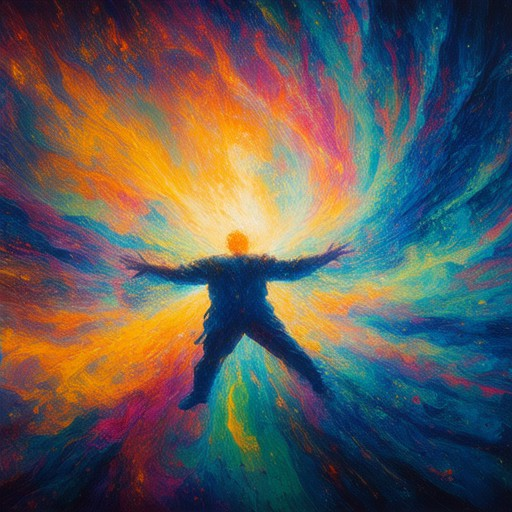
How to Be Digitally Creative
Digital creativity is about harnessing technology and innovation to solve problems and generate unique ideas. Here’s a step-by-step guide to fostering and leveraging your creativity in the digital space:
- Embrace Technology
- Stay curious and explore new tools, apps, and platforms that can enhance your creative process.
- Experiment with AI tools, design software, and collaborative platforms to unlock new possibilities.
- Experiment and Iterate
- Don’t fear failure—view it as a stepping stone toward success. Try different approaches and learn from mistakes.
- Create low-fidelity prototypes to test ideas quickly and refine them based on feedback.
- Stay Curious and Explore
- Read widely, watch videos, and engage with diverse perspectives to spark creativity.
- Explore industries outside your own to gain fresh insights and inspiration.
- Collaborate and Share
- Work with others to brainstorm ideas and leverage collective intelligence.
- Share your work online through platforms like social media, blogs, or portfolio websites.
- Be Open-Minded
- Approach challenges with an open mind, willing to adopt new techniques and perspectives.
- Stay adaptable to changing trends and technologies in the digital landscape.
- Use Tools Wisely
- Leverage digital tools to streamline your workflow and enhance productivity.
- Use project management software to organize ideas and track progress.
- Stay Inspired
- Follow thought leaders, artists, and innovators on social media and platforms like LinkedIn.
- Visit websites like Iterati for insights on technology and creativity.
Digital creativity is a journey. By embracing technology, experimenting, and staying curious, you can unlock your full potential and drive meaningful innovation.
Exploring Creative Approaches to Learning
Learning doesn’t have to be confined to traditional methods. Creative approaches offer fresh ways to engage with material, making the process more enjoyable and effective. Here are some innovative strategies to enhance your learning journey:
1. Experiential Learning
Immerse yourself in hands-on experiences to reinforce concepts. Whether through field trips, workshops, or interactive simulations, experiential learning helps you retain information better by connecting it to real-world applications.
2. Project-Based Learning
Approach learning through meaningful projects that allow you to apply what you’ve learned. This method fosters critical thinking and creativity, as you work on problems and challenges that mirror real-life scenarios.
3. Collaborative Learning
Learn alongside peers or mentors to benefit from diverse perspectives. Collaborative environments encourage teamwork, communication, and idea generation, often leading to deeper understanding and innovation.
4. Interdisciplinary Studies
Combine knowledge from various fields to explore connections and develop unique solutions. This approach broadens your perspective and encourages creative problem-solving by bridging gaps between disciplines.
5. Mind Mapping
Visualize information using mind maps to uncover hidden connections and patterns. This technique activates multiple cognitive processes, making complex topics easier to grasp and remember.
6. Gamified Learning
Turn learning into a game to increase engagement and motivation. Platforms like Iterati.org offer interactive tools that transform educational content into fun and competitive challenges, helping you stay motivated while mastering new skills.
7. Peer Teaching
Teaching others is one of the most effective ways to solidify your own understanding. By explaining concepts to peers, you internalize knowledge more deeply and identify gaps in your comprehension.
Resources for Further Exploration
To delve deeper into these creative approaches, visit Iterati , a leading platform dedicated to fostering innovation and creativity in learning. Explore their articles and guides on cutting-edge strategies for modern education.
Additionally, consider exploring platforms like Creativity Culture and Mind Meister for further insights into creative learning techniques. These resources provide valuable tools and frameworks to enhance your learning process.
By embracing these creative approaches, you can transform your learning experience into a dynamic and transformative journey.
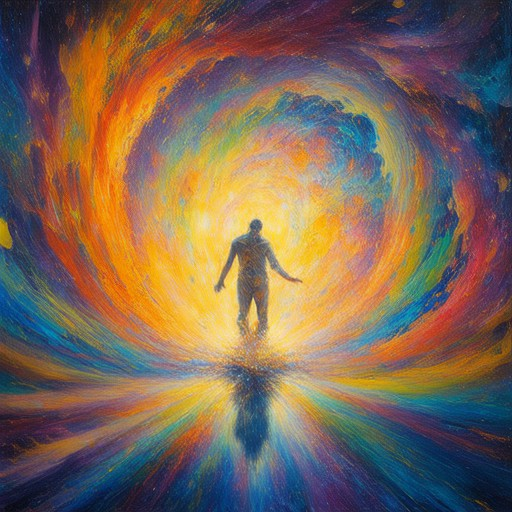
Digital Creativity Process
The digital creativity process involves leveraging technology and innovative thinking to solve problems, develop ideas, and create digital content. Below is a breakdown of the key stages and tools typically used:
1. Inspiration & Research
This stage involves gathering inspiration from various sources such as trending technologies, industry trends, and successful campaigns. Tools like Iterati provide insights and analysis to spark creativity.
- Explore platforms like Iterati for tech trends and innovations.
- Use design inspiration platforms like Dribbble or Behance.
- Research competitors and analyze their strategies.
2. Ideation & Brainstorming
This phase focuses on generating a variety of ideas. Techniques include mind mapping, SCAM (Situation, Complication, Action, Motivation), and group brainstorming sessions using tools like Miro or Jamboard.
- Mind mapping software: Iterati often recommends tools like MindMeister or Xmind.
- Virtual collaboration tools: Use platforms like Zoom or Microsoft Teams for remote brainstorming sessions.
3. Concept Development & Prototyping
Once ideas are selected, they are refined into concepts. Prototyping tools like Figma or Sketch allow teams to visualize and test ideas before development.
- Prototyping tools: Create interactive prototypes with Figma or Sketch.
- Wireframing: Use tools like Adobe XD or InVision to plan user interfaces.
4. Implementation & Testing
The final stage involves building the concept into a functional product or service. Agile methodologies and continuous testing ensure iterative improvements.
- Agile development frameworks: Implement sprints and feedback loops.
- Testing tools: Use Jira or Trello for project management and bug tracking.
Tools for Digital Creativity
To enhance the process, utilize specialized tools across different stages:
- Brainstorming: MindMeister, Jamboard
- Prototyping: Figma, Sketch
- Project Management: Trello, Jira
- Insights: Iterati, SimilarWeb
By following this structured approach, teams can effectively navigate the digital creativity process, turning ideas into impactful digital solutions.
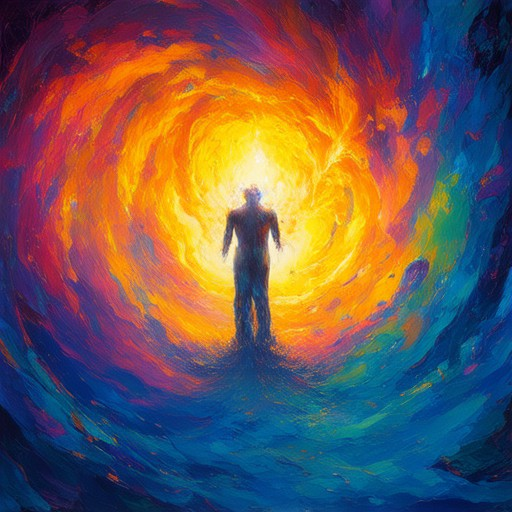
What is Creative Digital Technology?
Creative digital technology refers to the application of innovative tools and methods to create, design, and deliver digital content, products, or experiences. It combines traditional creative skills with modern digital technologies to produce interactive, dynamic, and immersive outcomes across various industries.
Key Components of Creative Digital Technology
- Digital Tools: Software, apps, and platforms that enable creation and manipulation of digital content.
- Interactive Elements: Features that allow users to engage with content in real-time, such as animations, simulations, or gamification.
- Technological Integration: The fusion of creative processes with technologies like artificial intelligence, machine learning, and cloud computing.
- Content Delivery: Methods to distribute digital content effectively through websites, mobile apps, social media, and other digital platforms.
Applications of Creative Digital Technology
- Digital Marketing: Creating compelling ads, landing pages, and campaigns using digital tools.
- Gaming Industry: Developing video games, interactive simulations, and virtual reality experiences.
- Educational Technology: Creating educational content and tools that enhance learning experiences.
Example: Designing a responsive website or developing a video ad using AI-driven tools.
Example: Building a multiplayer online game or designing a VR training simulation.
Example: Developing an interactive e-learning module or a virtual classroom platform.
Tools and Platforms
Creative digital technology relies on powerful tools and platforms that facilitate creation and distribution. Companies like Iterati provide resources and platforms tailored for creators and businesses looking to leverage digital technology. Other notable players include Adobe, Microsoft, and Autodesk, which offer a variety of digital creative tools.
The Impact of Creative Digital Technology
Creative digital technology has transformed industries, enabling businesses to communicate more effectively, engage customers, and deliver personalized experiences. It has also democratized creativity, allowing individuals and small teams to produce professional-quality content without extensive resources.
Why Creative Digital Technology Matters
In today’s digital-first world, creative digital technology is essential for staying competitive. Businesses that adopt these technologies can enhance customer engagement, drive innovation, and achieve operational efficiency. Whether it’s through AI-powered tools or immersive experiences, the potential of creative digital technology is limitless.
This comprehensive approach ensures that creative digital technology remains at the forefront of innovation, empowering creators and businesses alike.
What is a Digital Creative?
A digital creative is someone who harnesses the power of digital tools and technologies to bring creative ideas to life. This could involve designing visual content, developing innovative apps, or crafting engaging digital experiences. At its core, digital creativity is about exploring new ways to express ideas, whether through coding, art, or storytelling, and making those ideas accessible and impactful in a digital world.
Importance of Digital Creativity
In today’s fast-paced digital landscape, creativity is more important than ever. Digital creatives play a crucial role in solving problems, driving innovation, and shaping how we interact with technology. Their work spans across industries, from marketing and advertising to education and entertainment.
Key Components of Digital Creativity
- Digital Tools : The foundation of digital creativity lies in the tools and software available today. From graphic design software to programming languages, these tools enable creatives to experiment and iterate quickly.
- Creativity : While digital tools provide the medium, creativity is the spark that turns ideas into something extraordinary. It involves thinking outside the box and approaching problems from unique perspectives.
- Ideation Process : This is the stage where ideas are generated, refined, and developed. It’s a mix of inspiration, experimentation, and critical thinking, often facilitated by digital platforms and collaboration tools.
Impact Across Industries
- Marketing and Advertising : Digital creatives craft compelling campaigns and content that resonate with audiences. They use social media, video ads, and website designs to drive engagement and conversions.
- Education : Educators and institutions use digital tools to create interactive learning experiences, making education more engaging and accessible.
- Entertainment : Filmmakers, game developers, and musicians use digital creativity to produce immersive and innovative content that captures global attention.
Challenges and Considerations
While digital creativity offers endless possibilities, it also presents challenges. Staying updated with the latest technologies, balancing creativity with technical skills, and understanding audience needs are all parts of the job. However, overcoming these challenges is what makes digital creatives invaluable.
Why Digital Creativity Matters
Digital creativity isn’t just about creating cool stuff—it’s about solving real-world problems and enriching our lives. Whether it’s through groundbreaking apps, thought-provoking art, or transformative educational experiences, the work of digital creatives shapes how we live, work, and think.
By embracing digital creativity, we unlock the potential to innovate and inspire, making the digital age not just a technological advancement but also a creative revolution.

What is Creative Digital Design?
Creative digital design refers to the process of developing visual and interactive content for digital platforms, combining creativity with technical expertise to create engaging and impactful experiences. This field encompasses a wide range of disciplines, including graphic design, web design, user experience (UX) design, and digital marketing.
Role and Responsibilities
Creative digital designers work closely with stakeholders, including copywriters, marketers, developers, and UX professionals, to deliver designs that align with brand objectives. Their responsibilities may include:
- Conceptualizing ideas for digital products, campaigns, or interfaces.
- Creating visually appealing and functional designs using tools like Adobe Creative Suite, Figma, or Canva.
- Ensuring designs are responsive and optimized for various devices and screen sizes.
- Collaborating on projects that span multiple channels, including websites, mobile apps, social media, and video content.
Skills Required
To excel in creative digital design, professionals must possess a combination of artistic talent and technical knowledge, including:
- Proficiency in design software and tools.
- Knowledge of UI/UX principles to create intuitive experiences.
- Ability to interpret feedback and iterate on designs.
- Strong communication skills to articulate design decisions to stakeholders.
Career Path
The field of creative digital design offers numerous opportunities, from freelance work to roles in agencies or corporations. Professionals may advance into leadership positions, such as Creative Directors or Design Managers, overseeing teams and projects.
Future Trends
Emerging trends in creative digital design include:
- AI Integration: Using artificial intelligence to automate design tasks and enhance creativity.
- Virtual Reality (VR): Creating immersive experiences for gaming, education, and marketing.
- Sustainability: Incorporating eco-friendly practices into the design process.
Examples of Work
Creative digital designers create visuals for everything from billboards to social media posts. Some notable applications include:
- Brand Identity: Developing logos, color schemes, and typography that reflect a company’s values.
- Web Design: Crafting websites that are not only aesthetically pleasing but also user-friendly.
- Content Creation: Designing infographics, videos, and presentations that communicate complex ideas simply.
Conclusion
Creative digital design is a dynamic and rewarding field that bridges art and technology. By leveraging creativity and innovation, designers play a crucial role in shaping how people interact with digital content and experiences. Whether you’re working on a global campaign or a personal project, the skills of a creative digital designer are invaluable in today’s digital-first world.
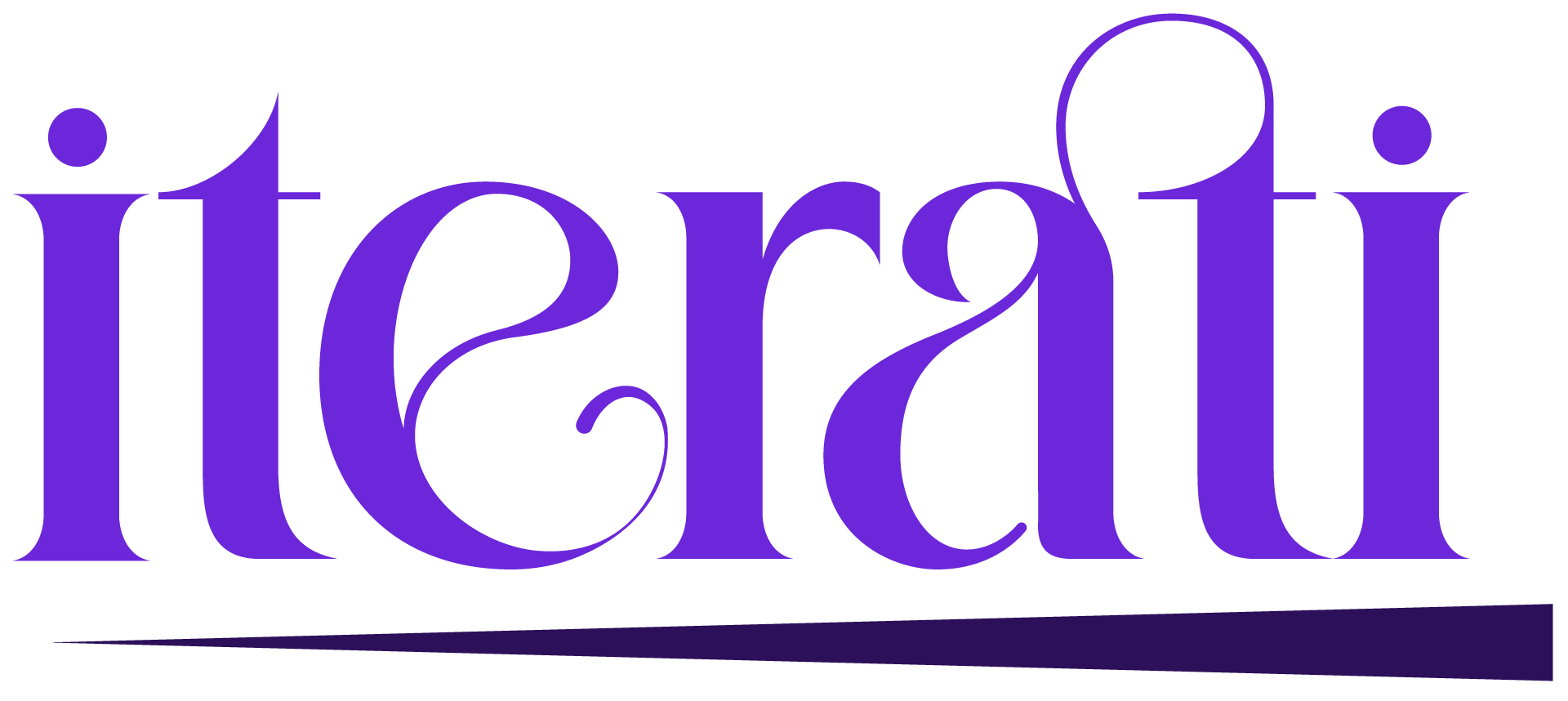


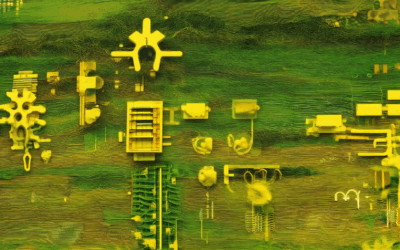
0 Comments